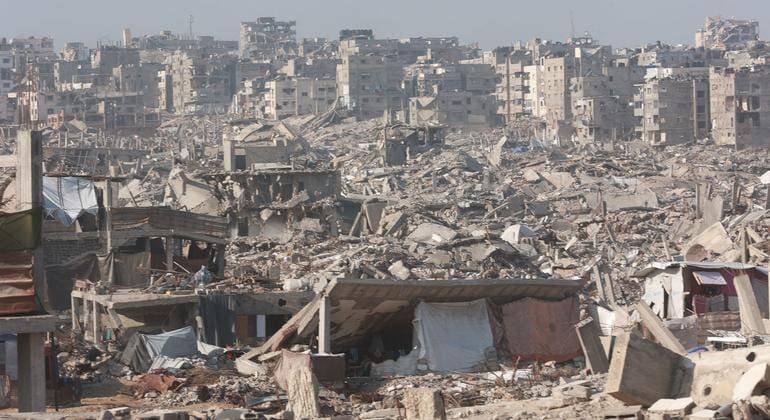The issue of how to handle Russia’s frozen assets remains a complex challenge for Ukraine’s allies due to various legal, political, security, and economic implications. A major difficulty is that many of these assets are held in Belgium at Euroclear, exposing Belgium to potential Russian retaliation.
The EU plans to use these assets to back a loan for Ukraine, which would only require repayment if Russia eventually agrees to war reparations after a peace agreement is reached.
However, Belgium is reluctant to support the proposal, fearing financial liability if Russia seeks to reclaim the funds. This has created tension with other EU countries eager to aid Ukraine.
Concerns grew on Friday as EU diplomats expressed that a new proposal from Trump might further complicate Belgium’s agreement. A government official from the EU argued that the U.S. plan, which involves unfreezing assets postwar, may burden European taxpayers with returning funds to Russia.
One diplomat described the American strategy as typical of Trump, eyeing European-held assets for profit. Details remain vague, but the 28-point plan indicates the U.S. aim to invest $100 billion in Ukraine’s reconstruction. The U.S. intends to receive half the profits from these activities, with Europe contributing an additional $100 billion, while previously frozen Russian assets in Europe would be released.













Leave a Reply